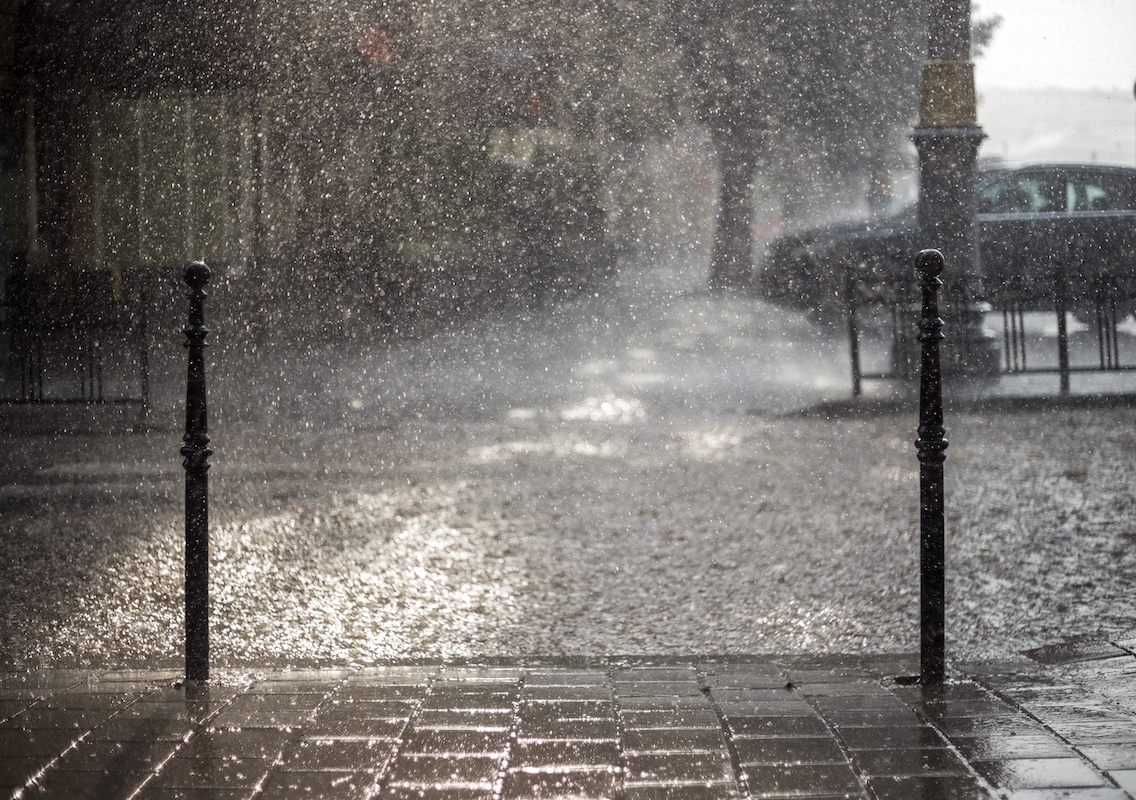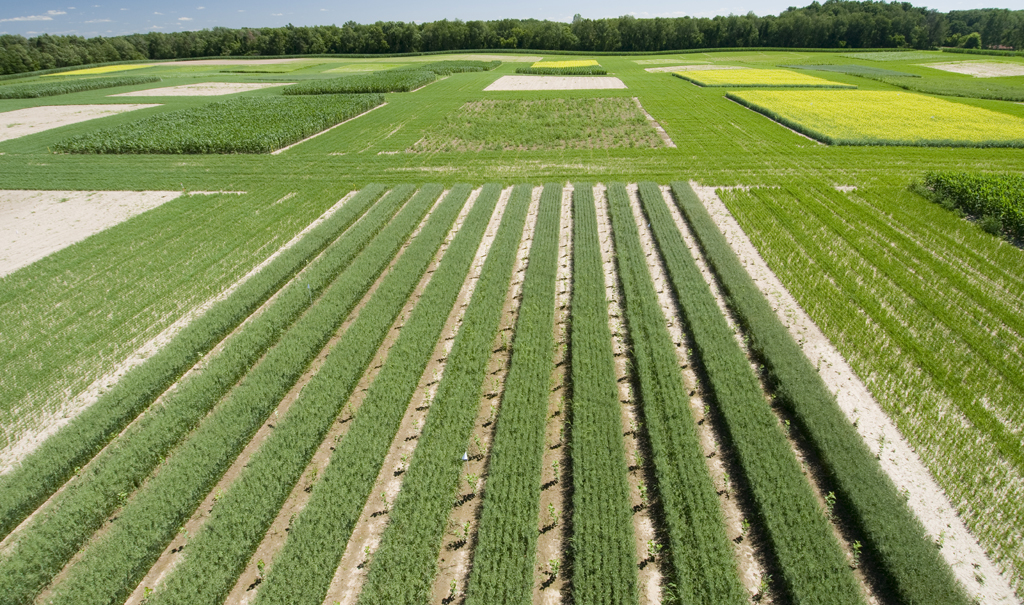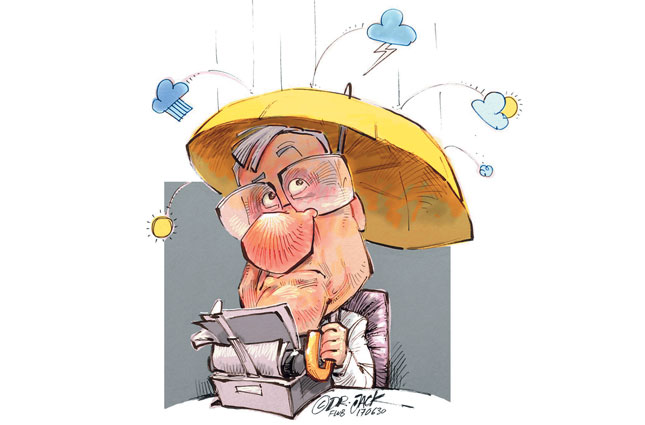Powerful, short-lived rainfall events in Sydney are intensifying to new extremes, increasing by 40% over the past 20 years, new research shows. The results, published in Science, suggest that extreme sub-hourly rainfall could be increasing much faster than previously thought.
Rapid rain squalls, also known as “intra-hourly heavy rain,” are the most extreme and destructive downpours. During these brief but sudden rain events, a huge amount of water falls rapidly over a small area, which can overwhelm roads, gutters and drainage systems in as little as 10 minutes.
Previously, climatologists struggled to identify trends in this extreme weather phenomenon due to the limitations of rain gauges, satellite data and climate models in detecting small-scale storms. But using a new technique, researchers from the Australian Research Council’s (ARC) Center of Excellence for Climate Extremes have been able to identify thousands of rapid bursts of rain over Sydney over the past two decades.
Quick rain slap
A rapid rain squall is a short period of extreme rain. This is the most extreme 5% of precipitation at a location, occurring for durations of approximately 10 minutes. Rapid rain squalls increase the likelihood and severity of flash floods, especially in steep urban and mountainous regions.
“If this trend continues in Sydney, the city needs to be better prepared for rapid squalls of rain and flash flooding in the future,” says Professor Jason Evans, co-author of the study at UNSW Sydney. “This should be factored into our urban planning with buildings, roads and communities having to prepare for the likelihood of faster bursts of rain to test the short-term capacity of our drainage, roads and plains. floodable.”
Climate change is thought to impact heavy rainfall by increasing humidity and altering large-scale atmospheric circulation and convective dynamics of storms. This means that extreme weather events are likely to occur more often and with greater ferocity than normal.
“What is particularly concerning is that we were unable to identify typical climate variability as the driver of this change, so climate change may be a factor in this shocking result,” the report says. Dr Hooman Ayat, lead author of the study, from the University of Melbourne. .
A new weather radar technique
Previous studies of climate impacts on extreme precipitation have focused primarily on daily rainfall totals. But hourly extremes are often generated in small areas that can be missed by gauging networks or satellites, and not accounted for in climate models.
Instead, the researchers developed a new technique using weather radar data from overlapping radars, which can track extreme precipitation patterns with greater accuracy in short timeframes.
“We were able to use this technique to gain insight into a possible future of extreme rainfall for Sydney. But we believe this technique can also help other cities assess recent trends and prepare for the future,” says Professor Steven Sherwood, another UNSW co-author.
Professor Steven Sherwood (L) and Professor Jason Evans (R) of the ARC Center of Excellence for Climate Extremes and the UNSW Center for Climate Change Research. Photo: supplied.
Further research is essential to equip cities around the world for the growing likelihood of faster rain bursts in the future. Even in places where the daily extreme precipitation trend is low, there may be increased risks of flash flooding if the intensification of sub-hourly extreme precipitation continues.
“If what we have seen over Sydney happens in other cities around the world, governments, councils, planners and communities need to be prepared for the possibility of rapid squalls of rain becoming increasingly severe. extremes,” says Professor Sherwood.
Funded by ARC, the Center of Excellence for Climate Extremes reduces Australia’s economic, social and environmental vulnerability to climate extremes. The center combines the expertise of five Australian universities, including UNSW Sydney, and a range of national and international partner organisations.




